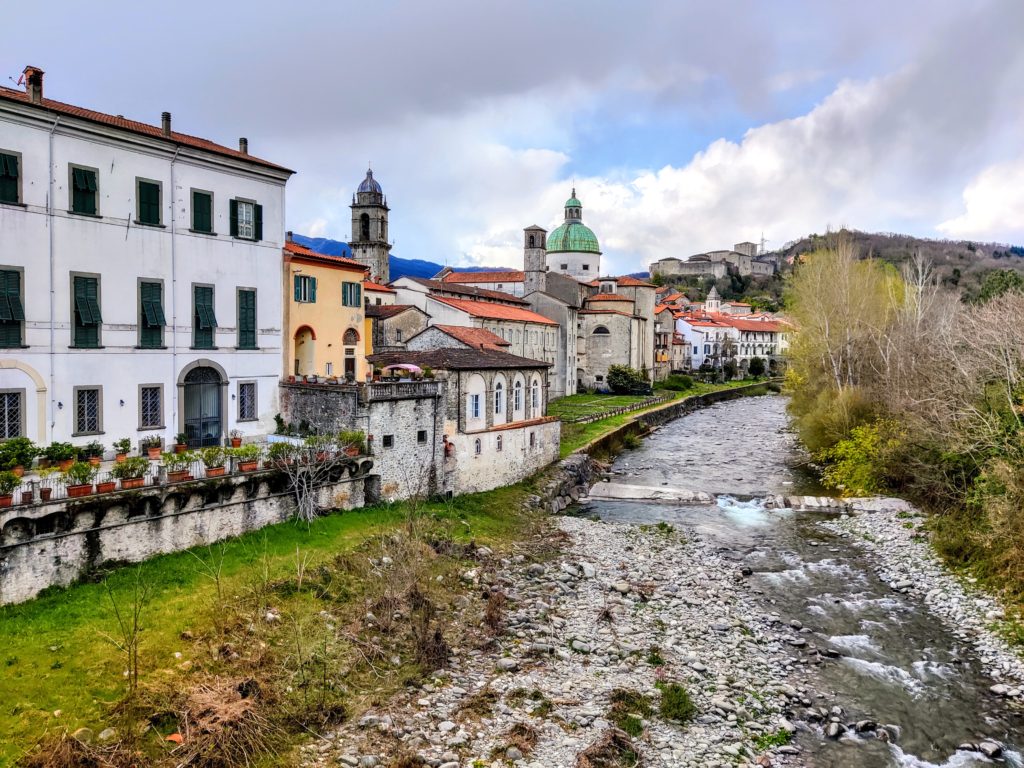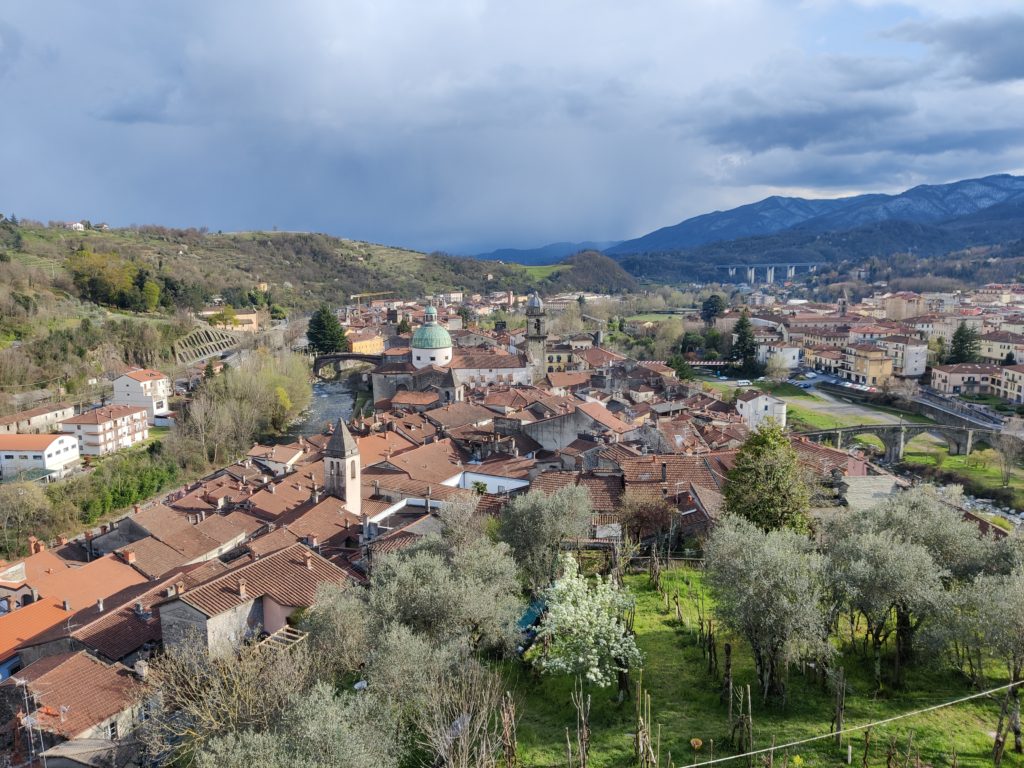About Piagnaro Castle
The Piagnaro Castle dominates the town of Pontremoli from above. Its position is not accidental, but rather strategic and far-sighted, located at the point where the Monte Bardone road ascended towards the Cisa Pass. From its walls, it is possible to enjoy the entire view of the town and the confluence of the two waterways that flow placidly beneath it: the Verde stream and the Magra river. Its high-sounding and singular name derives from the piagne, slabs of sandstone taken from local quarries with their characteristic grey colour. These slabs have always and still do cover the roof of the castle. The first document to record its name ‘Planele’ dates back to 1262.
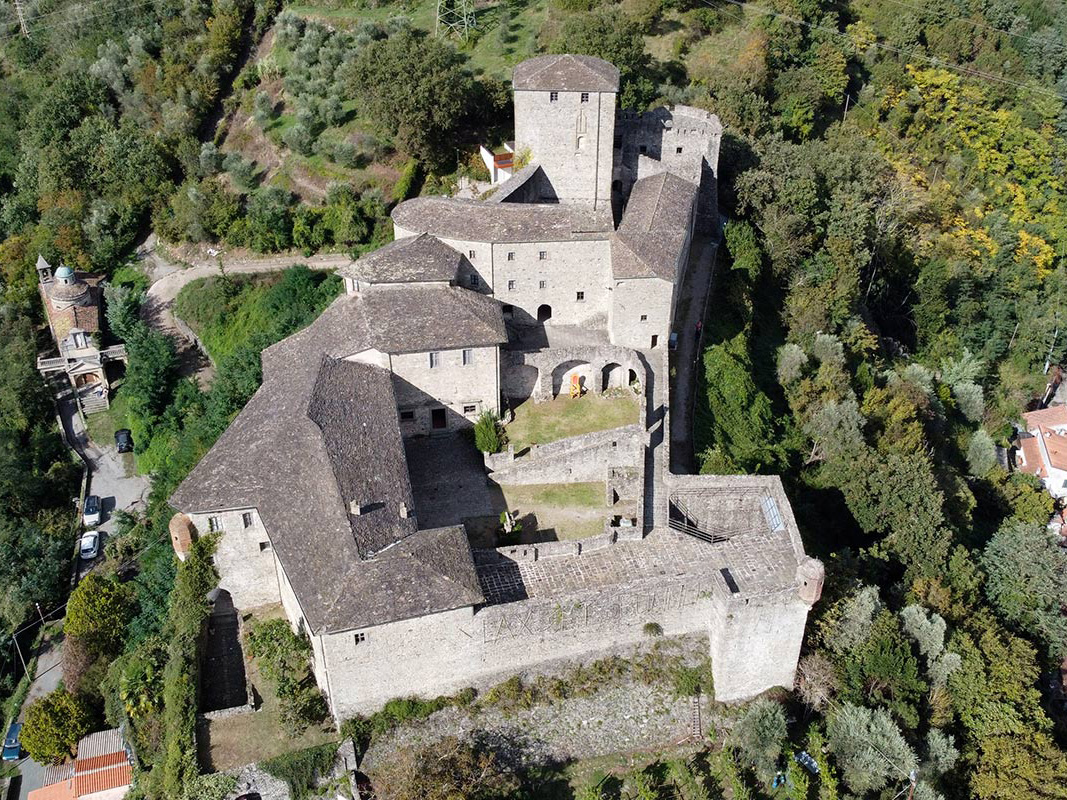
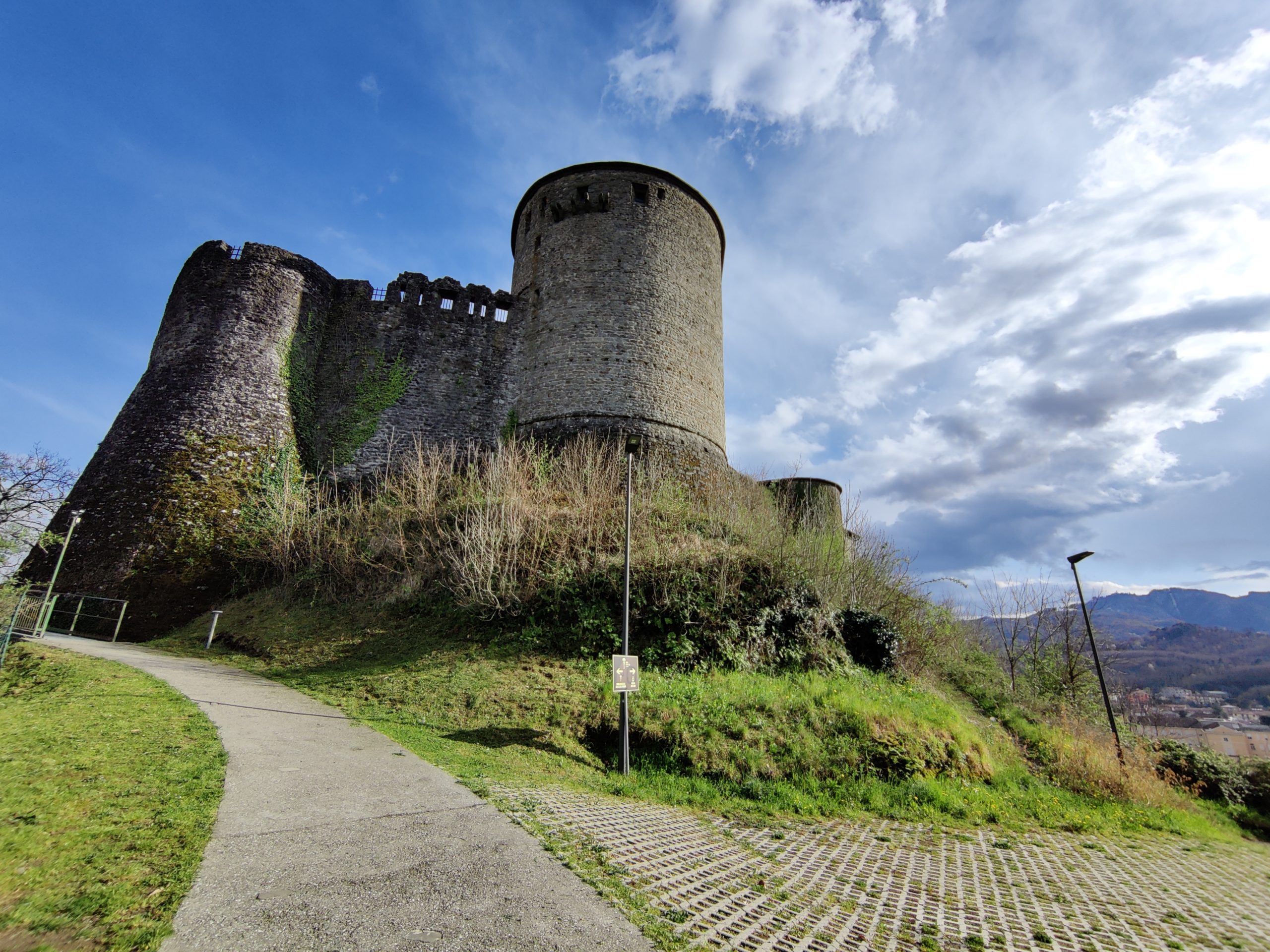
The Museum of the Stele Statues
Founded in 1975 by the will of its far-sighted founder, Augusto C. Ambrosi, the Stele Statue Museum was completely renovated in 2015 and reopened to the public with a layout designed by architect Guido Canali. It brings together 42 of the total 82 statue-stelae known to date and makes use of multimedia tools for communication. Part of the oldest stelae are exhibited in the intact setting of the medieval sleeve. The ancient stone wall textures provide a natural frame for these ancient prehistoric sculptures, creating a highly suggestive effect. An even greater emotion can be had on the upper floor by admiring the seven Groppoli stelae lined up. They are visible in their entirety in grazing light and in an environment specially darkened to recreate the ancient sacredness of the stones.
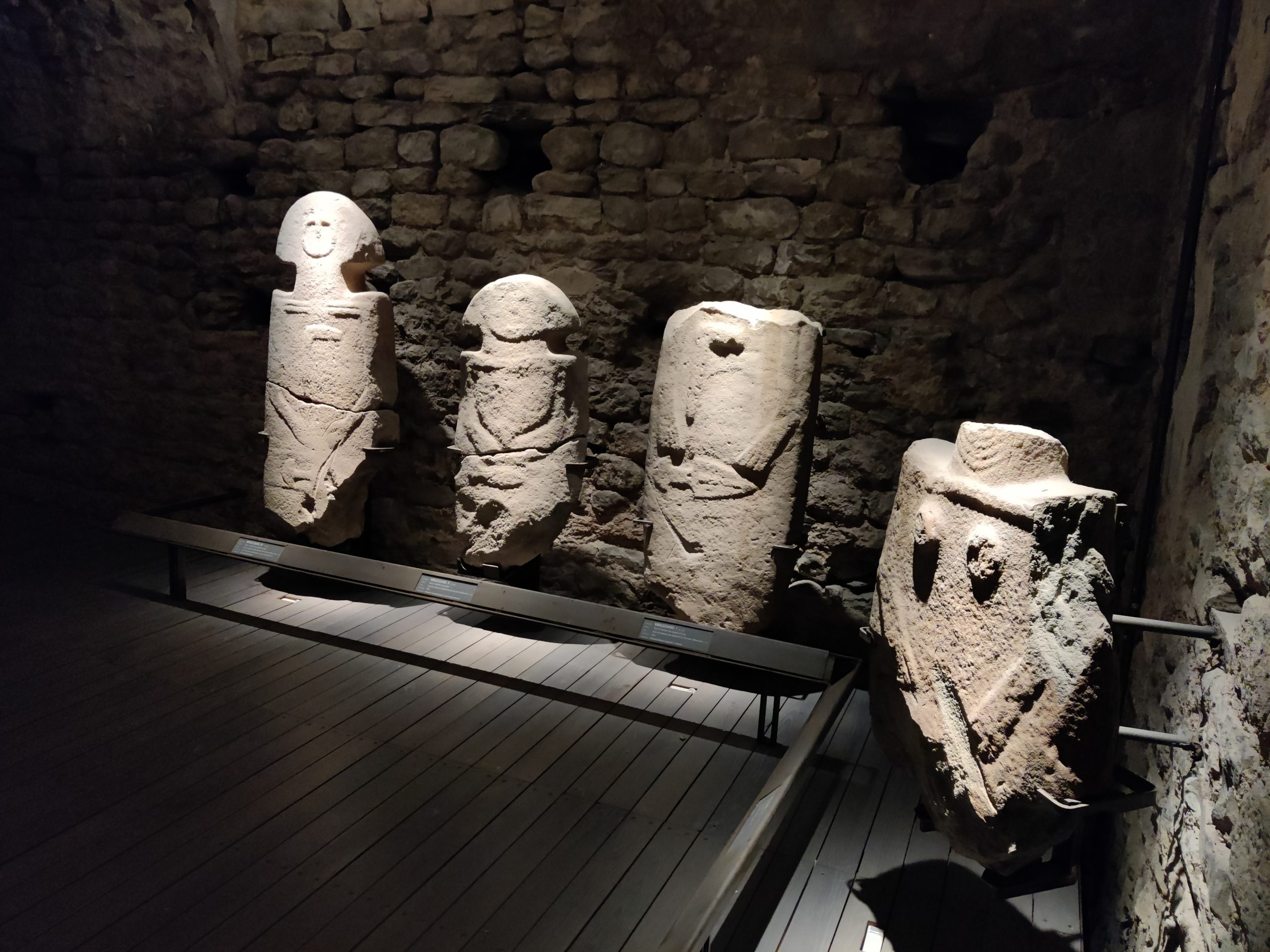
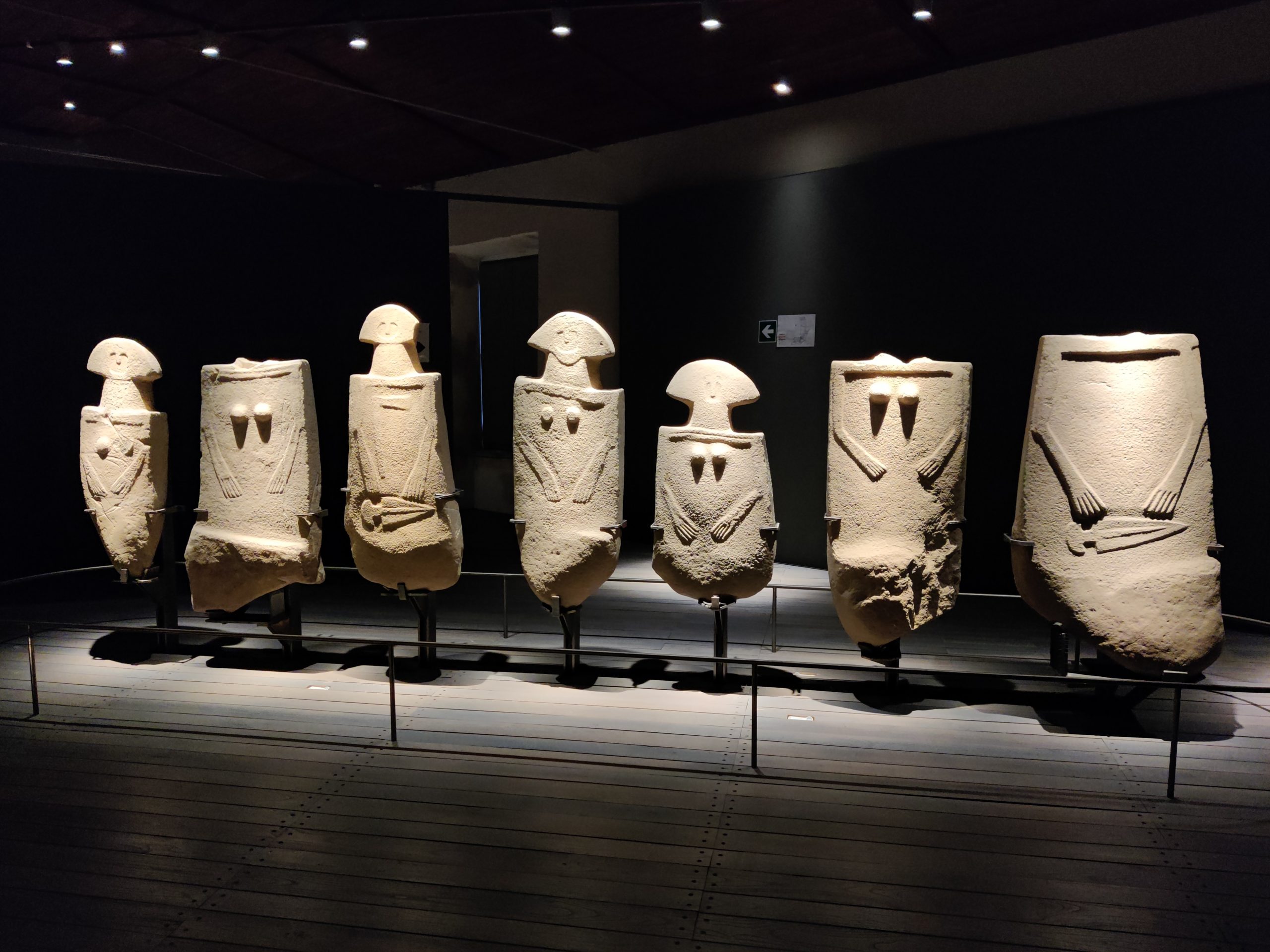
Pontremoli
The town of Pontremoli is located at the confluence of the Verde torrent with the Magra river. The medieval town owes its name ponstremulus to the wobbling bridge that existed here before the first settlement. Pontremoli is first mentioned in the travel diary of Sigeric, Bishop of Canterbury travelling along the Via Francigena in 990. In the 13th century it was a free commune, while from the 14th to the mid-17th century it was ruled by numerous important families, from the Fieschi to Castruccio Castracani degli Antelminelli, from the Visconti to the Sforza, from the Pallavicino to the Noceti, until it was purchased by the Grand Duke of Tuscany. Between 1849 and 1859 it was part of the Duchy of Parma and Piacenza as a province (Lunigiana parmense).
